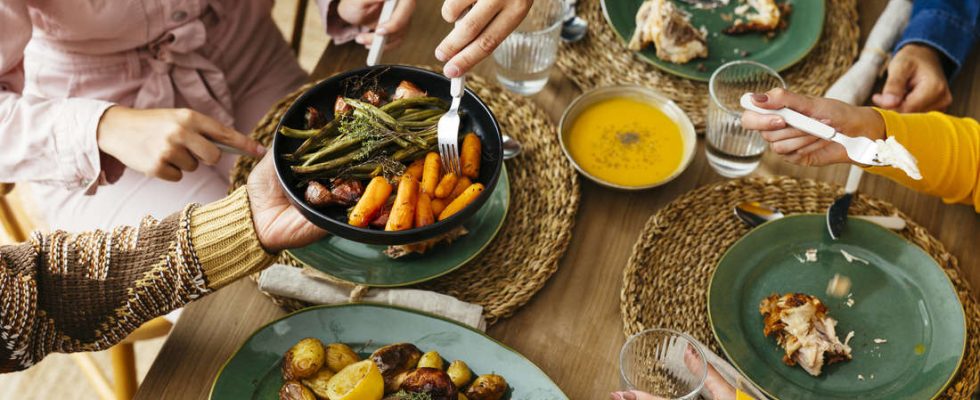Fatty liver disease also affects young and slim people, but proper nutrition can help. How to use interval fasting and oat days correctly for quick regeneration.
Modern lifestyles take their toll. Lack of physical activity, excess carbohydrates and obesity cause a variety of diseases, including cancer, cardiovascular disease – and fatty liver disease. There are currently no medications against the latter. However, fatty liver can be returned to normal with a suitable diet.
It is advisable for patients to reduce the consumption of simple carbohydrates such as bread, rice, puff pastry or pastries. As an alternative, people with fatty liver disease can rely on carbohydrate-rich whole grain products. But here too, moderation is key. Doctors also recommend the so-called Logi method (Low Glycemic and Insulinemic Diet), as this diet helps keep blood sugar and insulin levels low.
For the sake of the liver: Don’t eat too often, but stay sober from time to time
But it’s not just the type of diet that is crucial for liver health. The timing of meals also plays an important role.
Do you eat several small, nutritious meals every day? A smart choice, especially if you do physically demanding work and have an efficient metabolism. According to the German Nutrition Society (DGE), spreading food intake over several meals can help avoid food cravings. This could mean that you are less susceptible to being overweight, according to an interpretation by the DGE. The Lose weight is a positive side effect.
However, people with fatty liver disease should make the opposite habit. A large number of small meals means that the liver cells are constantly in action. Long breaks between meals support liver regeneration. Intermittent fasting or just three meals a day? It’s best to find out which routine seems easiest to you.
Food breaks, fasting or oat day?
The following guidelines will help you cure fatty liver disease, as featured in the NDR show The Nutrition Docs was reported.
- Eat three a day Main meals and ideally leave a five-hour break in between. Snacks in between should therefore be avoided.
- Intermittent fasting also has a healing effect on the liver. For example, you could try consuming just two meals per day and keeping a 16-hour gap between the last and first meals.
- If you have cravings during meal breaks, a glass of water with bitter drops can help you.
- Even one oat day per week is said to have a healing effect on the liver. To do this, prepare three meals from oatmeal that contain hardly any other ingredients.
Fructose in drinks promotes the development of fatty liver disease
Even for healthy people, observing fasting periods can have great benefits. Dr. Daniela Koppold from the Berlin Charité, who specializes in nutrition and fasting research, explains in an interview with Thieme specialist portal: “Research from the USA has shown that a large number of people practice some type of calorie intake or have glucose in their blood for 20 hours a day. This includes regular meals, snacks, going to the fridge at night, or whatever. Then there are no real eating breaks. This is the worst thing you can do to your metabolism. Meal breaks are the minimum “fasting variant” that is necessary for the regeneration of our body.
According to Koppold, taking breaks between meals and avoiding snacks and drinks with high fructose content can be a good start. The fasting expert emphasizes that the latter are particularly harmful to the liver and promote the development of fatty liver disease, regardless of body weight. Drink tea instead. Certain strains protect your liver.
This article only contains general information on the respective health topic and is therefore not intended for self-diagnosis, treatment or medication. It in no way replaces a visit to the doctor. Unfortunately, our editorial team cannot answer individual questions about medical conditions.
This article was revised using machine assistance and carefully checked by editor Anne Tessin before publication.

